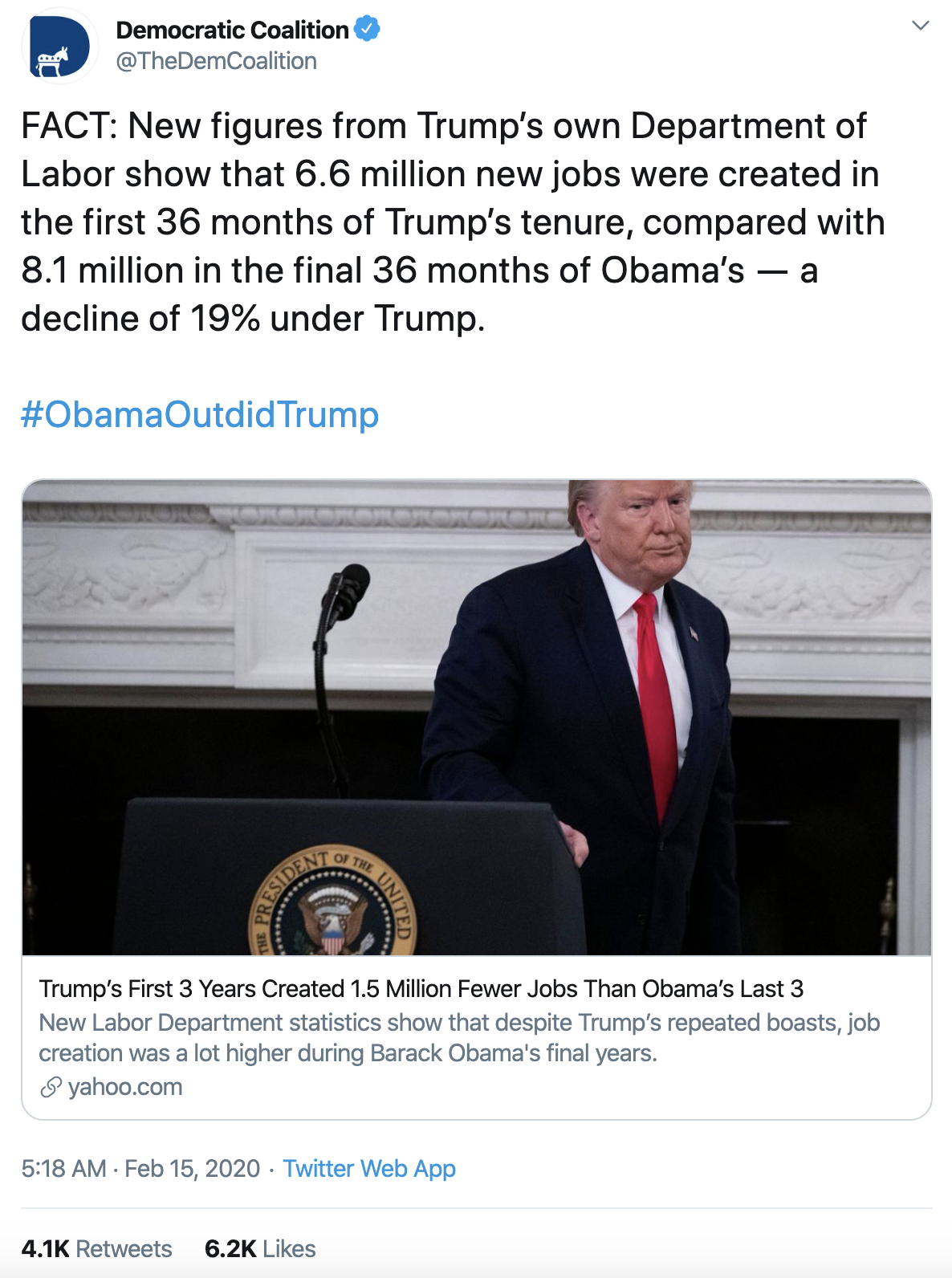Is this the new economic normal?
At present, the Federal Reserve Bank of Atlanta is forecasting that the growth rate for Gross Domestic Product for the United States in the third quarter of 2020 (July, August, September) will come in at a staggering 32.5%*: if true, this will be the fastest rate of economic growth in record.
Even so, some see the economic outlook darkening. This weekend, the Star Tribune carried an article titled: ‘Kashkari says economy needs more fiscal support to aid recovery‘:
The U.S. economic recovery has “flattened out” and is in vital need additional support from fiscal policy, said Federal Reserve Bank of Minneapolis President Neel Kashkari.
“We’re going to continue to see a grinding, very slow recovery, with thousands of small businesses around the country going bankrupt,” Kashkari said in an interview Sunday on CBS’s Face the Nation. “That’s why it’s so vital that our elected leaders come together to take more action.”
Kashkari is probably looking at employment numbers. As the Wall Street Journal reported recently:
Hiring gains slowed sharply heading into the fall as more layoffs turned permanent, adding to signs that the U.S. economy faces a long slog to fully recover from the coronavirus pandemic.
Employers added 661,000 jobs in September, the Labor Department said Friday. The increase in payrolls showed the labor market continued to dig out of the hole created by the pandemic, but at a much slower pace than over the summer.
The U.S. has replaced 11.4 million of the 22 million jobs lost in March and April, at the beginning of the pandemic. Job growth, though, is cooling, and last month marked the first time since April that net hiring was below one million.
I think there are a couple of things happening here.
Low hanging fruit gets picked first…
First, it is easier to increase employment when more people are unemployed than when fewer are unemployed. So, you might see a claim such as this:

Fact checkers may say this is ‘True’, and it is, as far as it goes. Data from the Bureau of Labor Statistics (BLS) shows that Total Nonfarm employment in the United States increased by 8.1 million in the last 37 months of the Obama administration (January 2014 to January 2017) and by 6.6 million in the first 37 months of the Trump administration (February 2017, his first full month in office, to February 2020, the last month before Covid-19 hit).
But BLS numbers also show that the Unemployment Rate was 6.6% at the start of the Obama administration’s last 37 months and 4.6% at the start of the Trump administration’s first 37 months. So, while the Trump administration inherited a good and improving employment situation from the Obama administration, it also oversaw an impressive rate of job creation given how little ‘slack’ there was in the labor market.
The same applies now. It was easier to add jobs when the unemployment rate was 14.7% in June than when it was 8.4% in August. Low hanging fruit tends to get picked first. After that, things get more difficult.
…unless someone is stopping you
Even so, with the unemployment rate at 7.9% in September – higher than any period between August 2012 and April 2020 – surely there should be plenty of ‘low hanging fruit’ left in the labor market? There may well be, but my second point is that this fruit can only be picked if somebody lets you pick it.
Last week, The Center Square reported:
The State of Minnesota on Thursday eased its restrictions on bars and restaurants.
Occupancy is still limited to no more than 50% up to 250 people indoor and outdoor.
Some rules still apply:
- Limit party size in dining rooms to 10 people
- Require patrons in all areas to be seated.
- Require reservations.
- Require workers to wear masks at all times.
- Guests must wear a mask except when seated.
Dancing is prohibited for regular food and beverage service, and it’s not recommended for celebrations, although they provided additional rules for safe dancing.
With restrictions in place limiting the services businesses can provide, it stands to reason that they will require a lower level of staffing as they would without these restrictions. While ever we are holding business capacity down, we are holding unemployment up. We cannot expect job gains to continue at a strong pace in this regulatory environment.
And, remember, these changes to restrictions do not only go one way: some states have relaxed restrictions only to tighten them again. This creates greater uncertainty among business owners and managers which makes them less likely to respond to an increase in capacity by increasing employment. Why increase service or production when there is a good chance that restrictions will be reimposed?
What do we need to do?
To get people back to work we need to get these restrictions lifted. To do that, we need to take a sober look at the reality of Covid-19: neither hysterics nor dismissing it as a ‘hoax’ are very useful. And, in the meantime, the government needs to support people if it is going to insist on denying them the opportunity to earn a living. This is not an easy thing for a free market guy to write, but ask yourself who pays for the new window when your neighbor’s kid smashes a baseball through it?
*On an annualized basis, meaning that that is how much GDP would grow by if the current rate continued for a year.
John Phelan is an economist at the Center of the American Experiment.